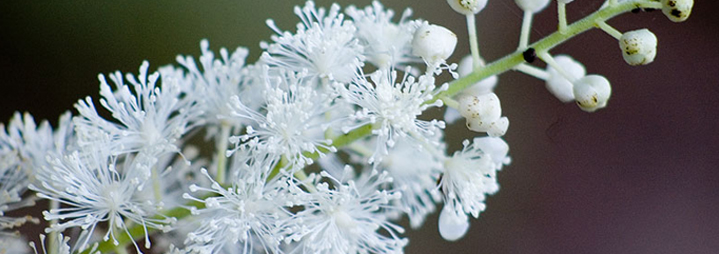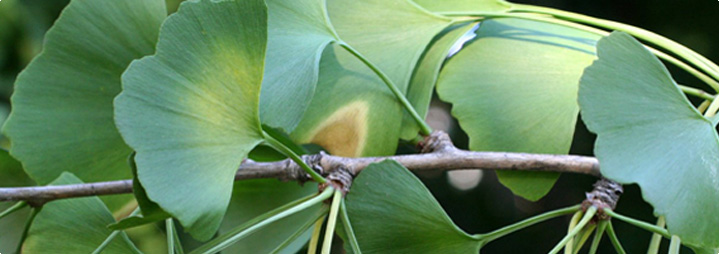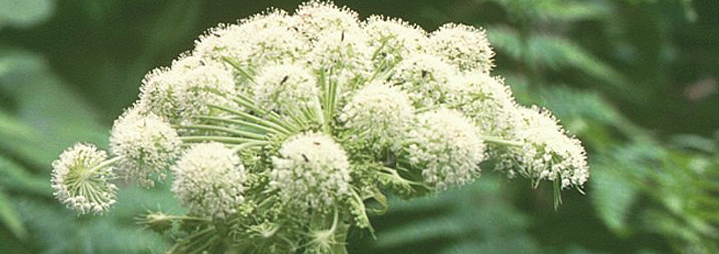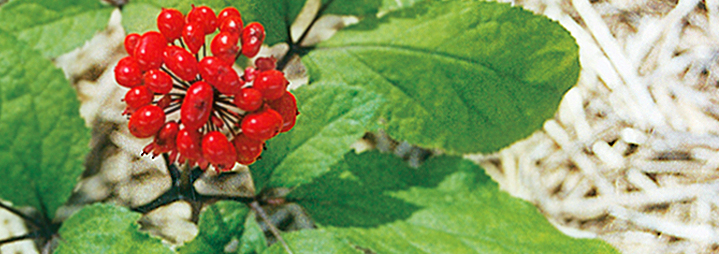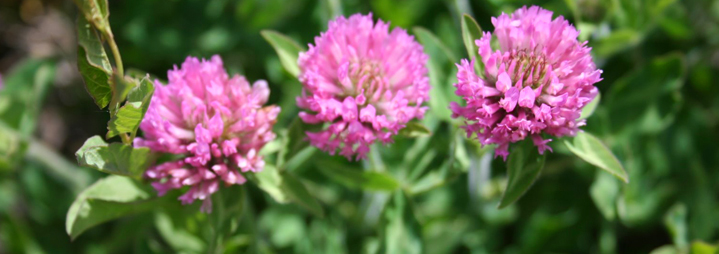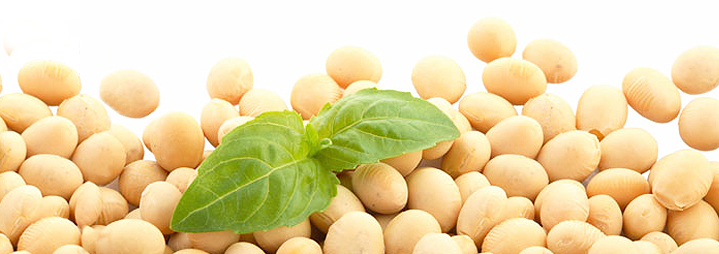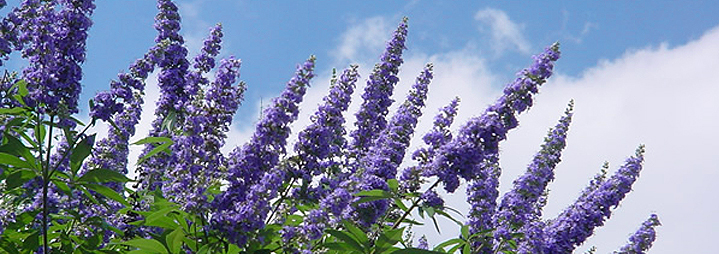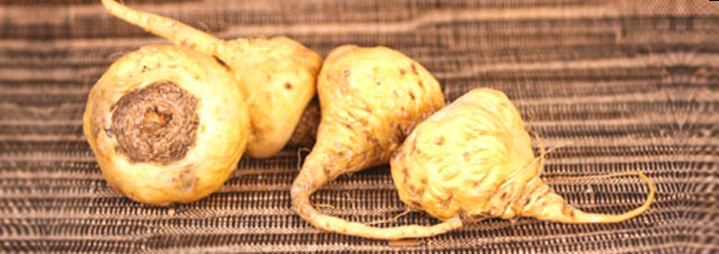Phytoestrogen sources
In order to understand what phytoestrogen sources are it is first necessary to understand what phytoestrogens are. The prominent phytoestrogen groups are flavones, isoflavones, lignans and coumestans.
What do phytoestrogens do?
Menopause
Menopause is one of the key reasons many women look for phytoestrogen sources. Menopause is as a result of a hormonal balance in ageing women's bodies. Hormones such as estrogen play a fundamental role in women's health and well being. When this all important hormone is depleted it can result in a plethora of menopause symptoms which can include: mood swings, vaginal dryness, hair loss, loss of libido and hot flashes.
Many women use phytoestrogens in order to treat the symptoms of an estrogen deficiency. This is because phytoestrogens are a plant-like hormone, which has a chemical structure very similar to that of human estrogen.
What are phytoestrogen sources?
Phytoestrogen sources are primarily phytoestrogenic herbs, which carry their name due to being rich in phytoestrogens. The following phytoestrogen sources exist:
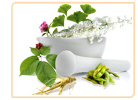 . Red clover
. Red clover
. Black cohosh
. Ginseng
. Soy
. Don quai
. Gingko biloba
Soy products as a phytoestrogen source, is known for having a high concentration of isonflavones, whilst flax seeds are said to have a high content of lignans.
What are the benefits of phytoestrogen sources?
Many women use phytoestrogenic herbs or eat foods rich in phytoestrogens because of their beneficial effects on their bodies.
Other foods source which act as phytoestrogen sources
In addition to the dietary based phytoestrogen sources already mentioned there are a host of foods that contain varying amounts of phytoestrogen. Such foods can include: Mung bean sprouts, Multi-grain bread, dried apricots, alfalfa sprouts and even coffee. Such phytoestrogen sources vary in content however and while there are large amounts of phytoestrogens in Flax seeds there are only trace amounts in coffee.
Women who approach a mature stage of life experience a loss of estrogen and such a loss of an important hormone can cause a wealth of side effects. The phytoestrogens from the previously mentioned phytoestrogen sources confer the following benefits to this taking them:
. A reduction in breast cancer
. A reduction in the risks of cardiovascular disease
. A reduction in prostate cancer
. Potential protection against osteoporosis
In addition to this lignan from the flax seed phytoestrogen source and flavonoids are rich in antioxidants.
Other phytoestrogen sources
 There are a number of foods which also serve as phytoestrogen sources for women seeking relief from the symptoms of a hormone imbalance. The highest of these phytoestrogen sources are nuts and soy products but other food sources such as: Flax bread, almonds and sunflowers seeds have also been known to hold varying amounts of phytoestrogen.
There are a number of foods which also serve as phytoestrogen sources for women seeking relief from the symptoms of a hormone imbalance. The highest of these phytoestrogen sources are nuts and soy products but other food sources such as: Flax bread, almonds and sunflowers seeds have also been known to hold varying amounts of phytoestrogen.
It is important to keep in mind that even though the use of phytoestrogen sources for menopause have the ability to help many of the harmful effects of menopause it also comes with risks. As such risks sometimes outweigh the potential benefits it is vital that all options are first considered. To read more about the alternatives, such as non-estrogenic herbs in the treatment of menopause symptoms continue here.









